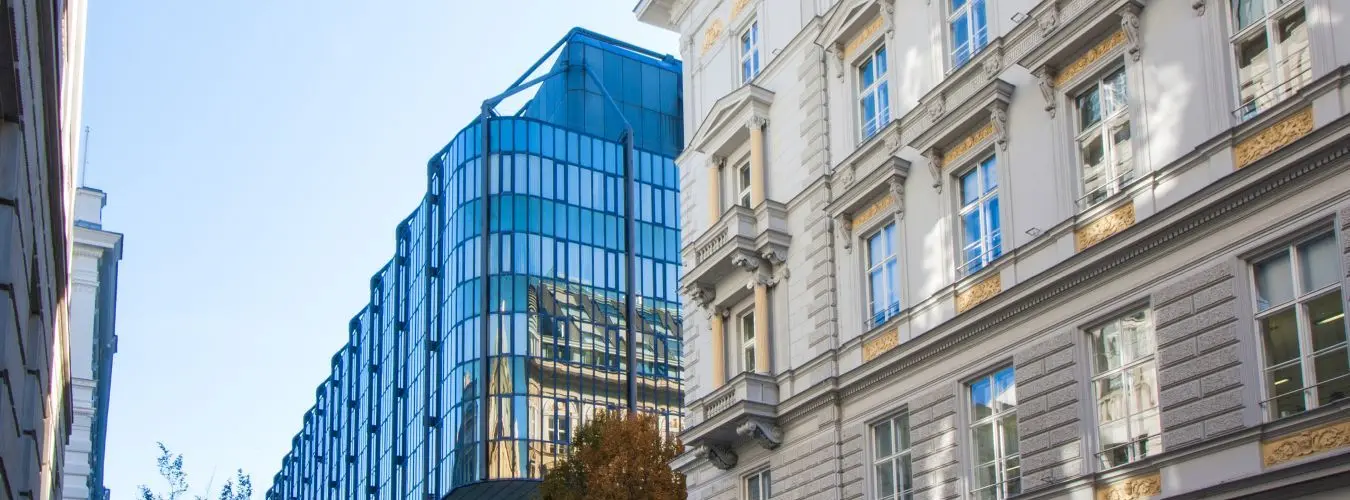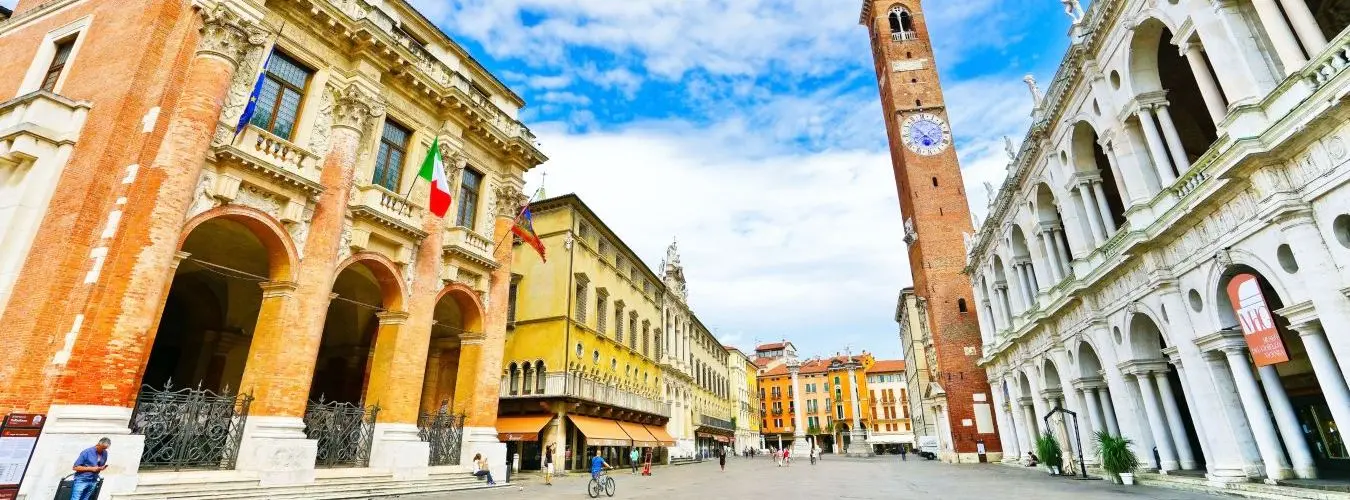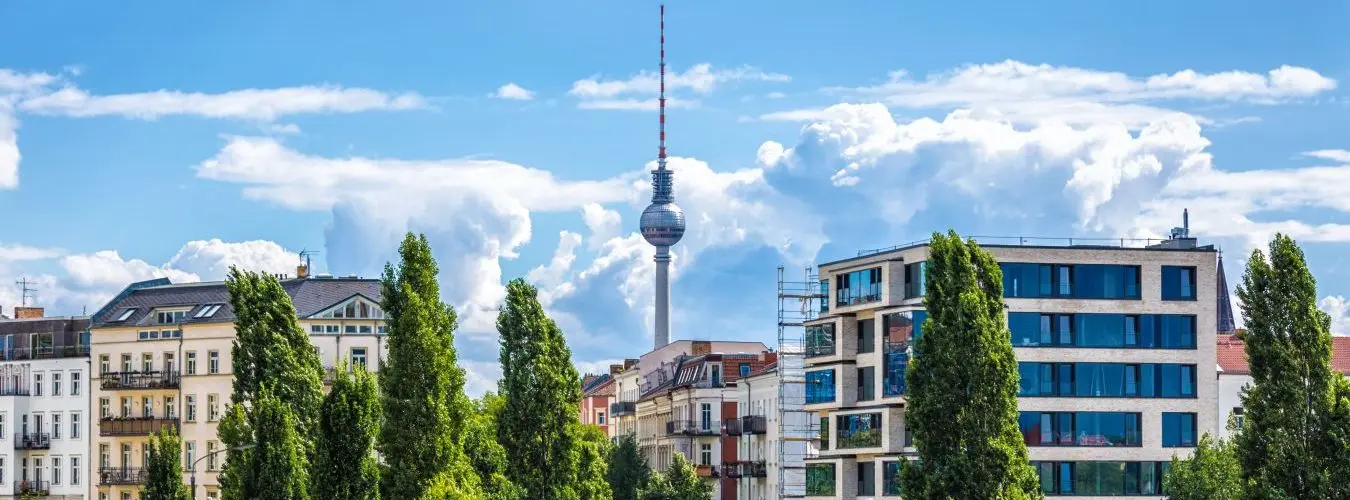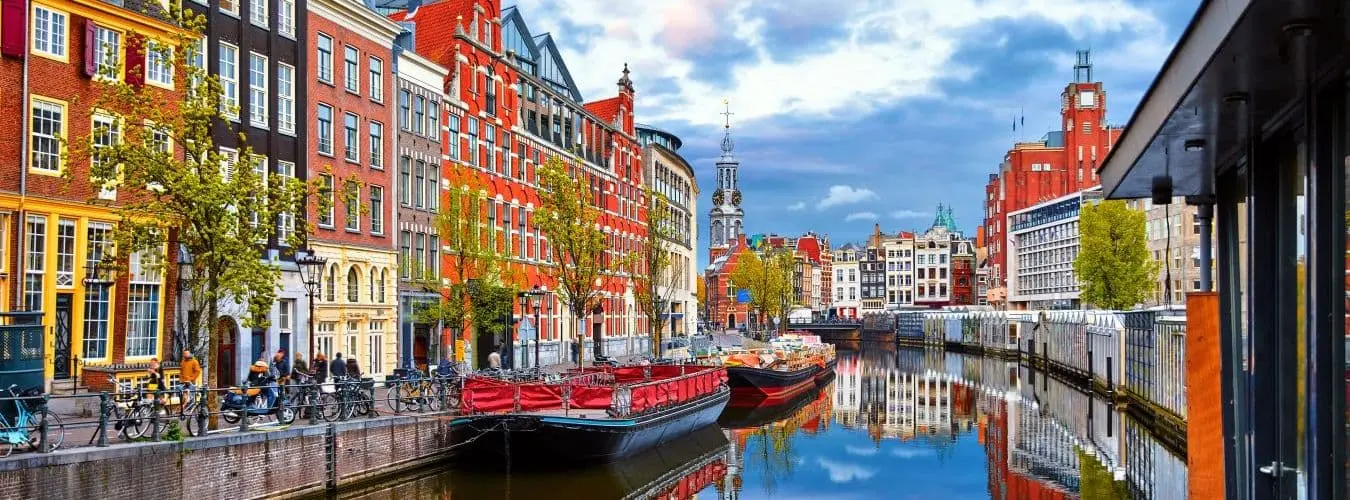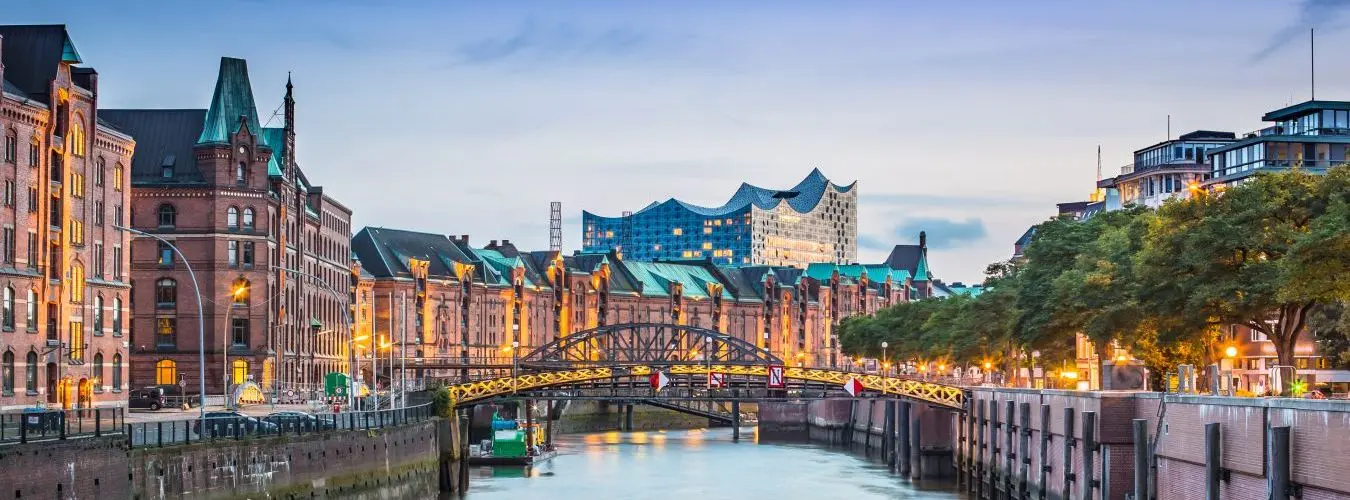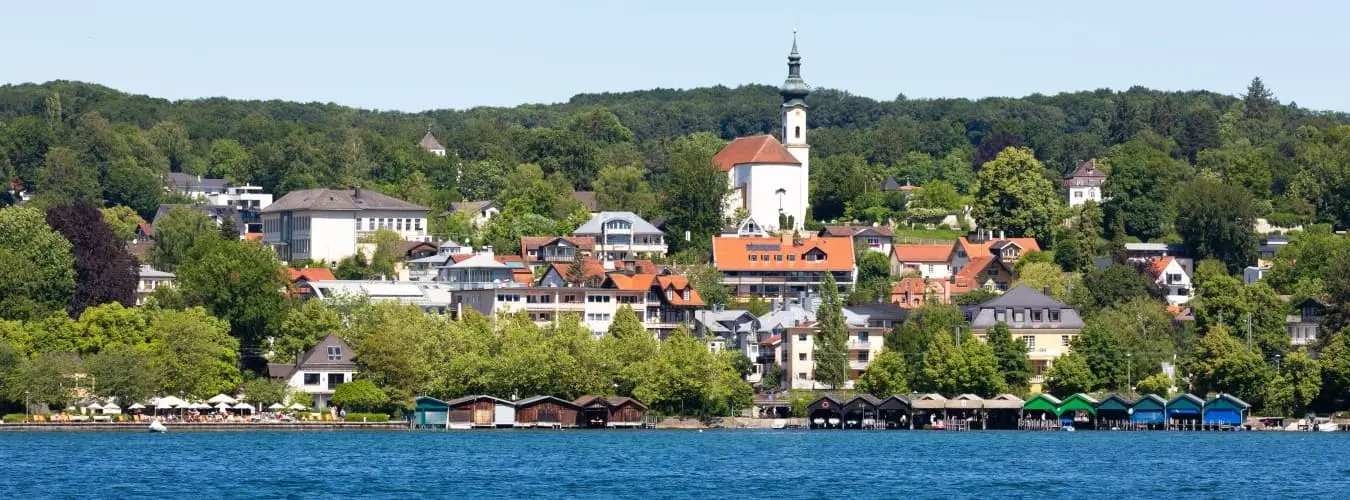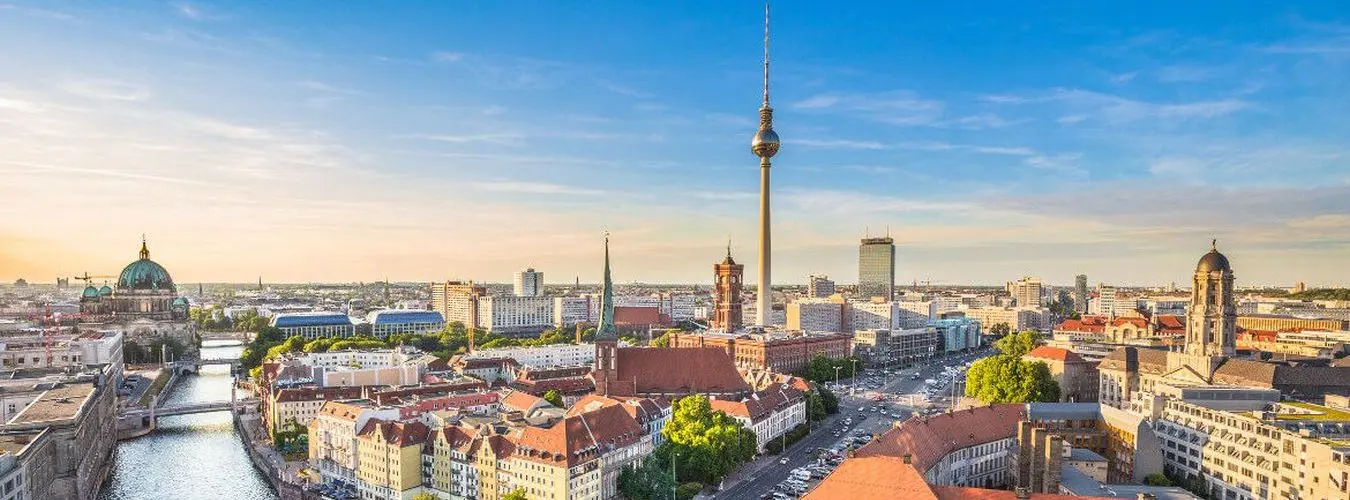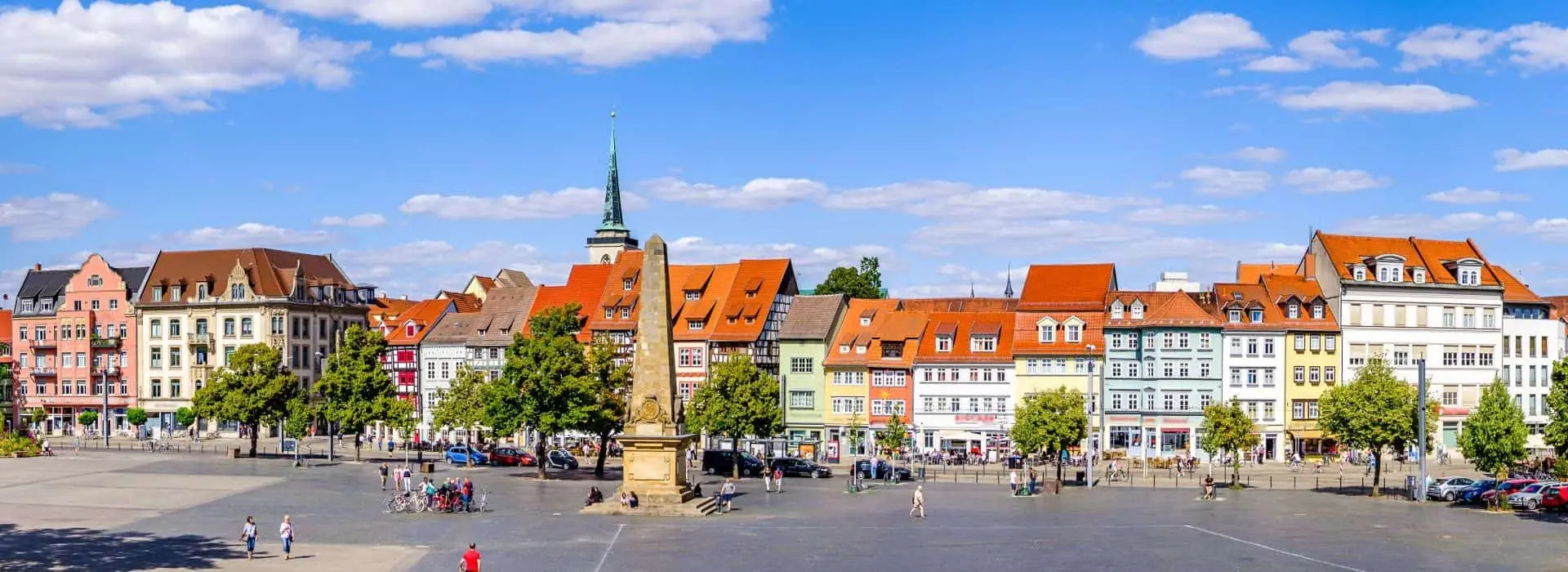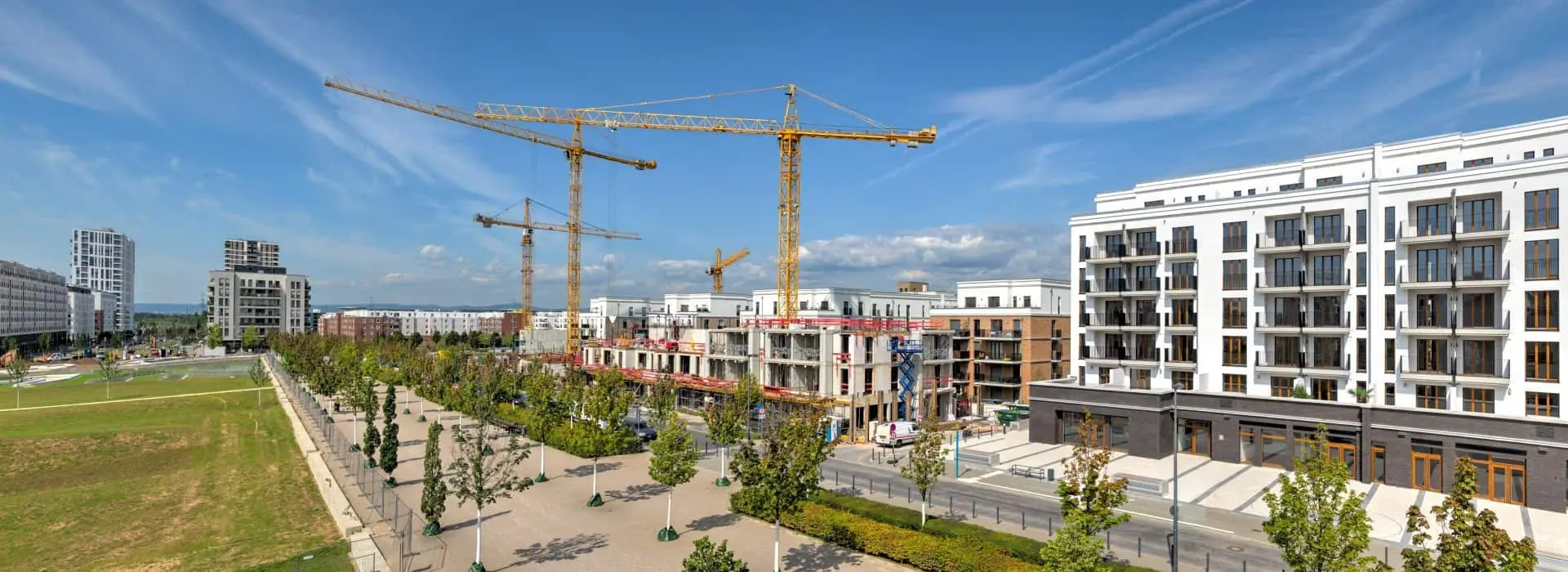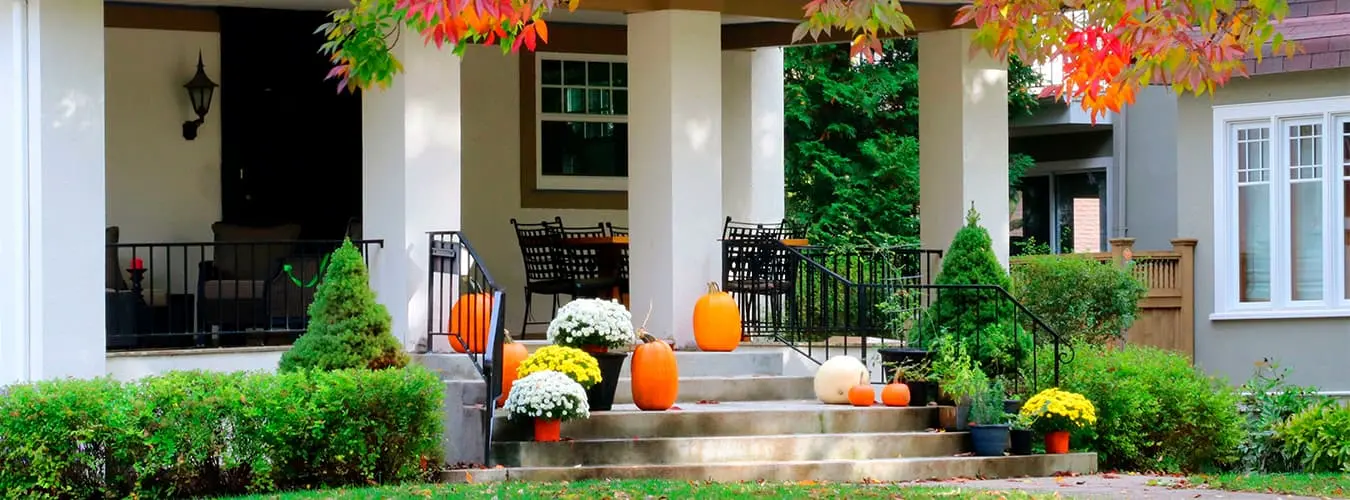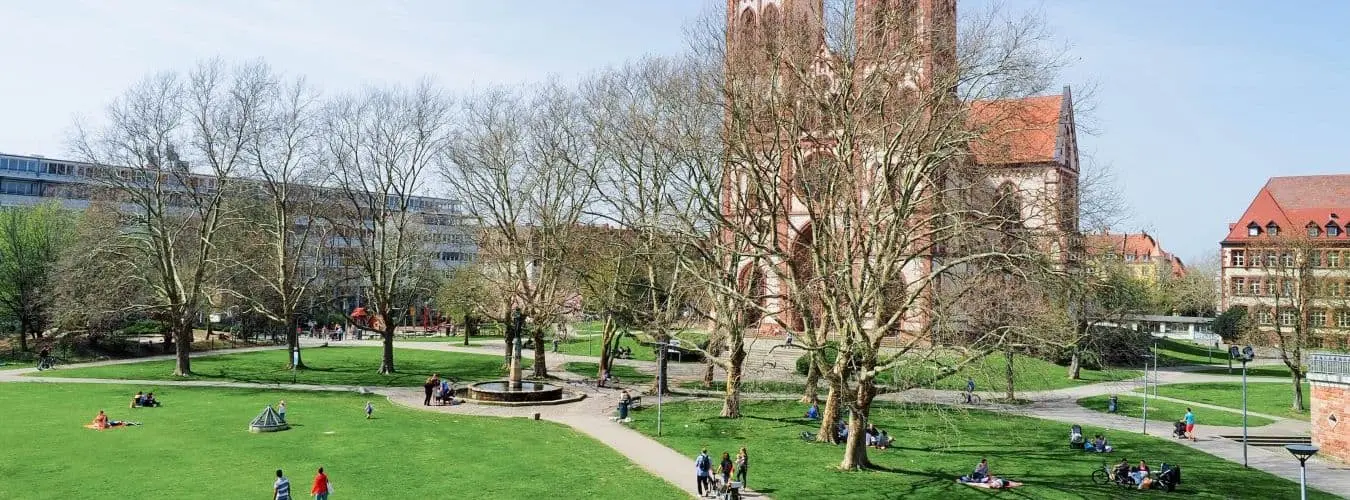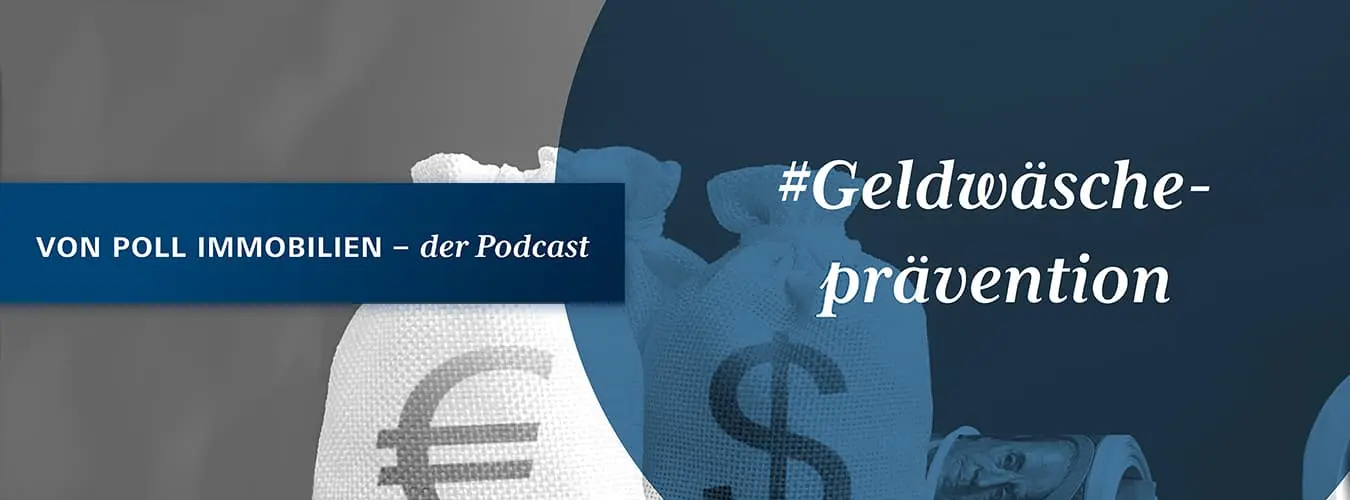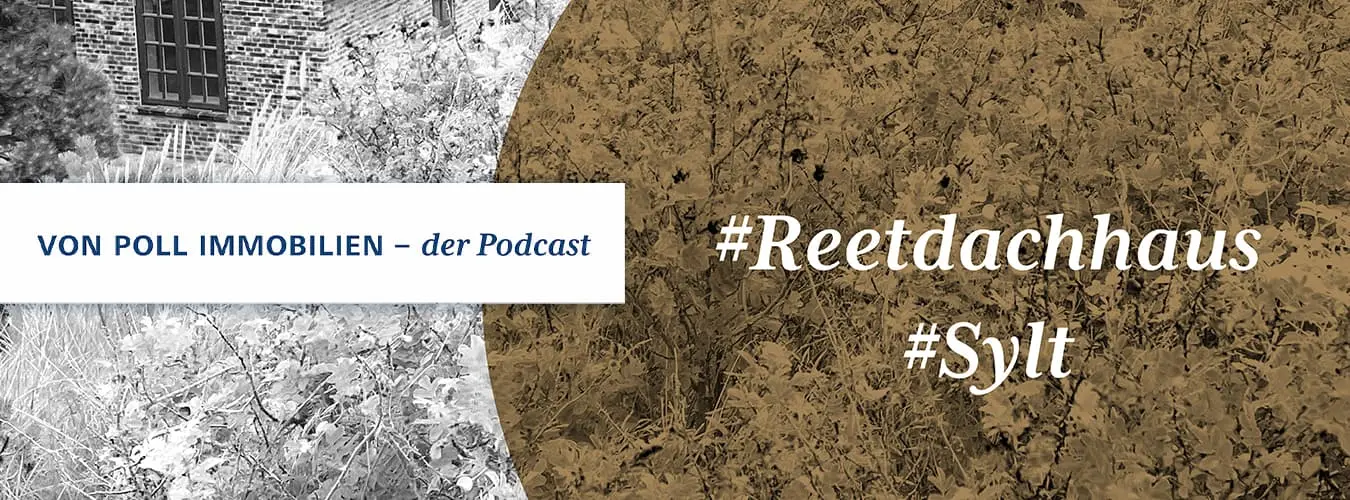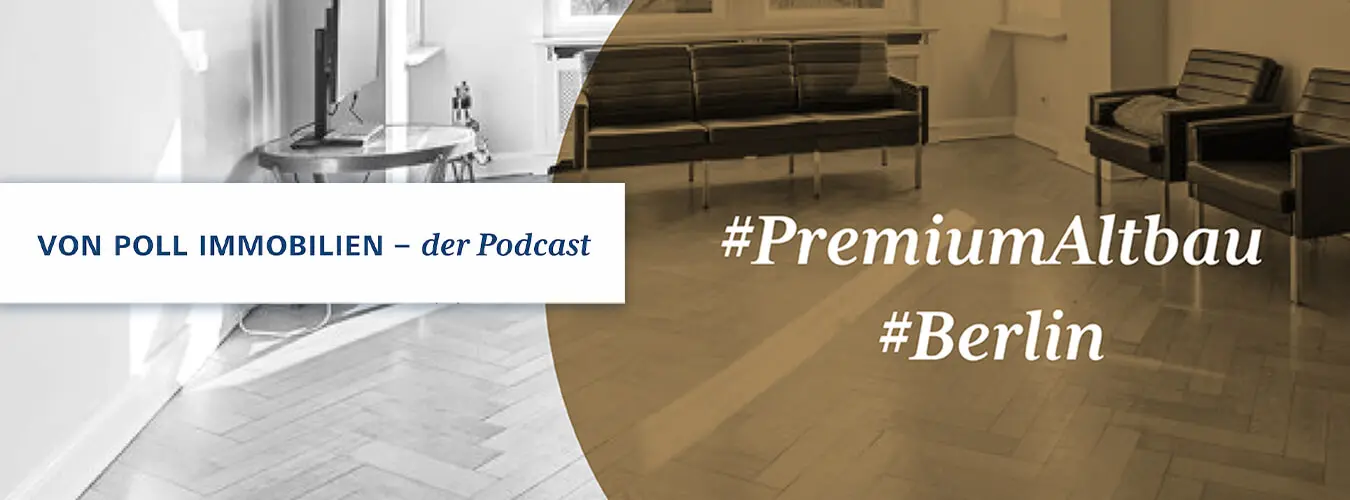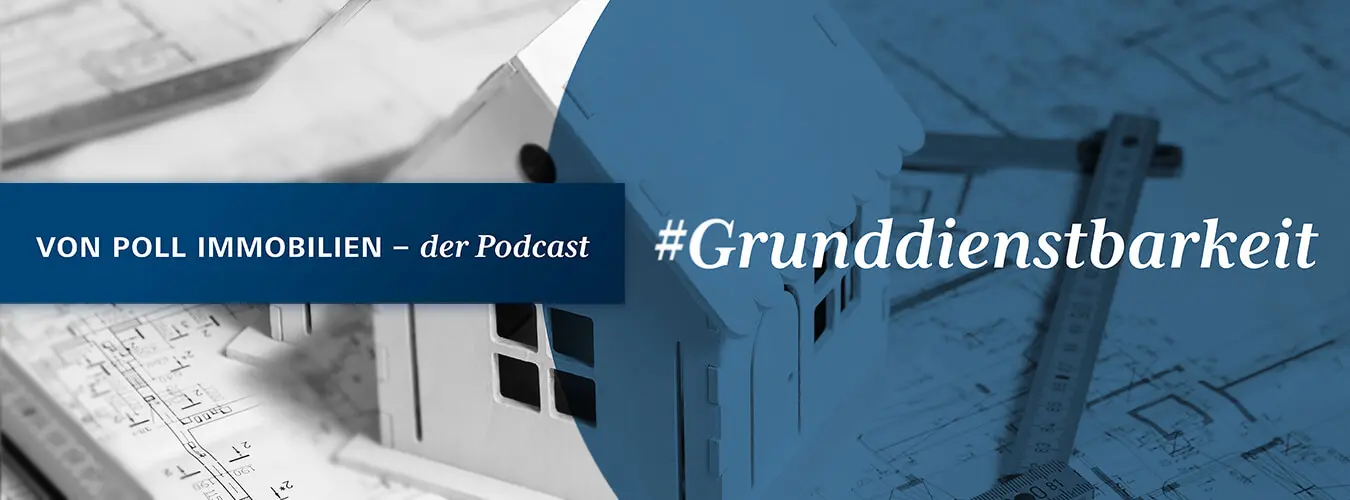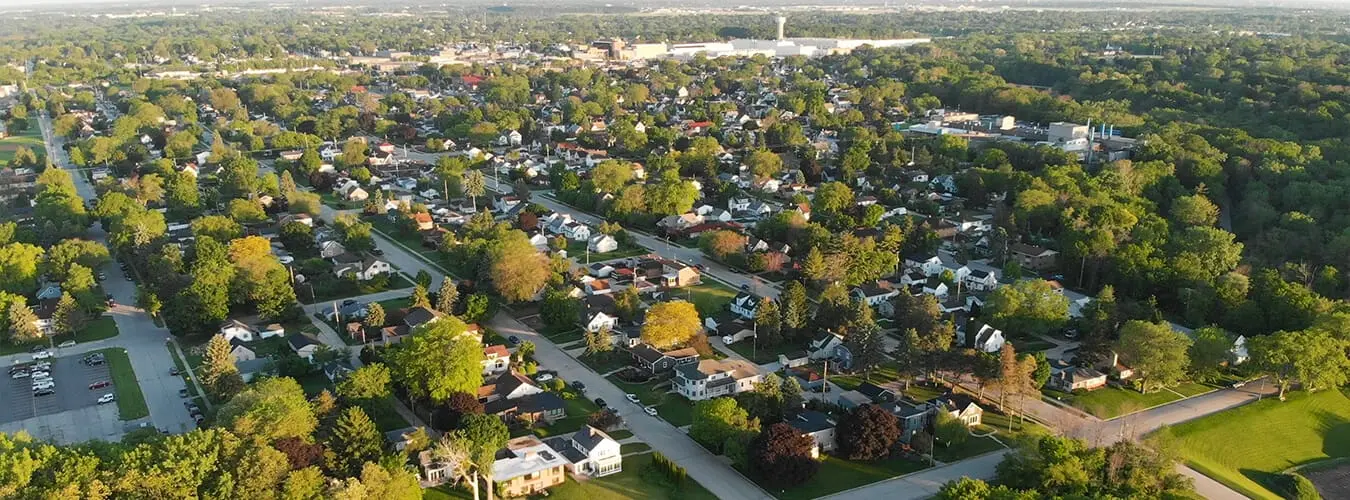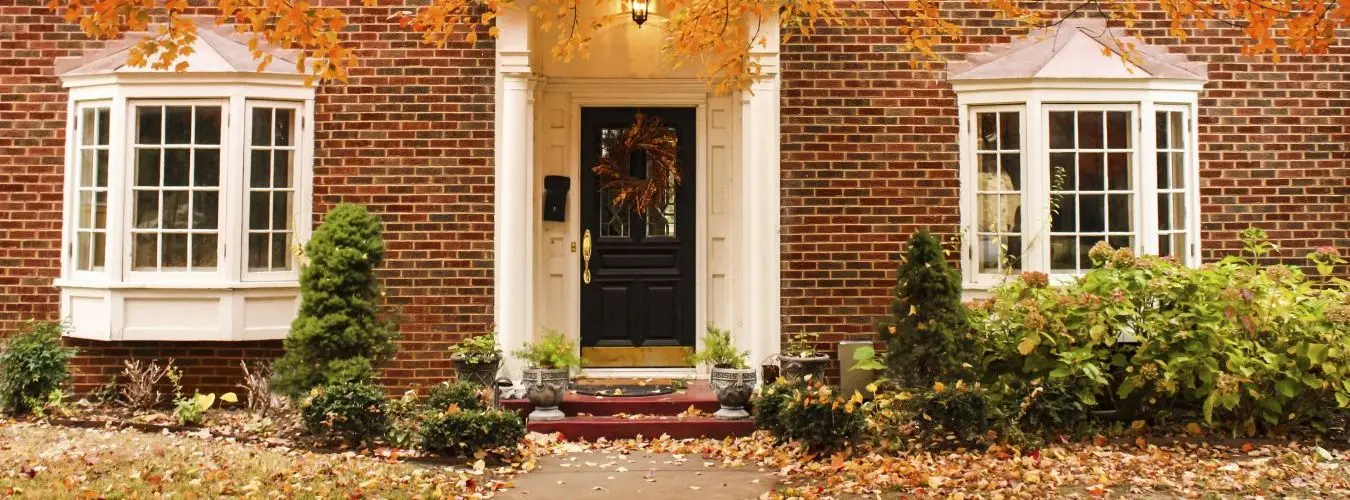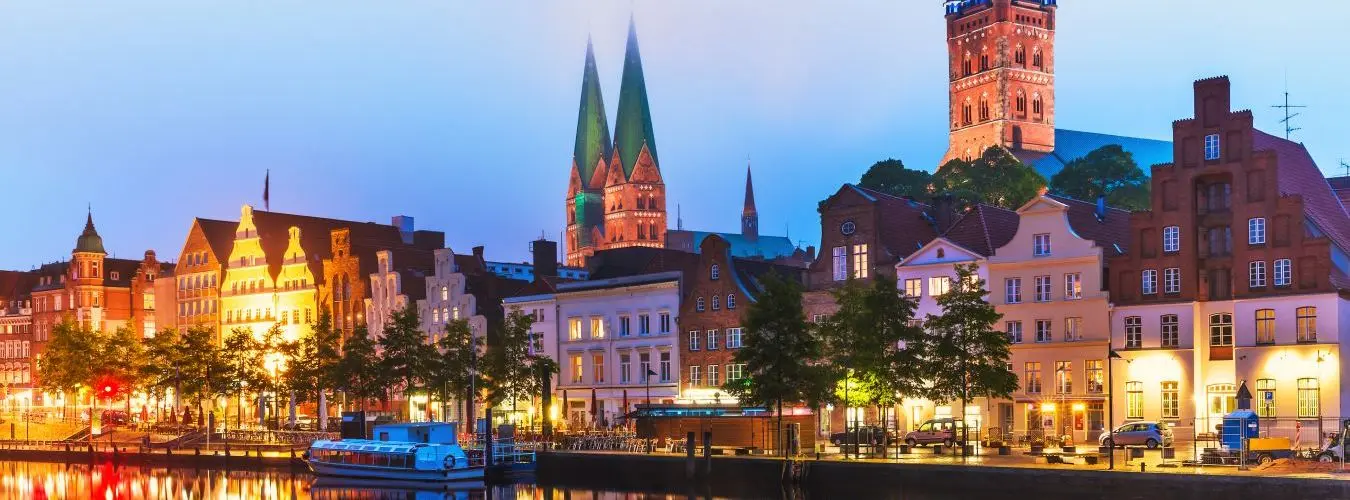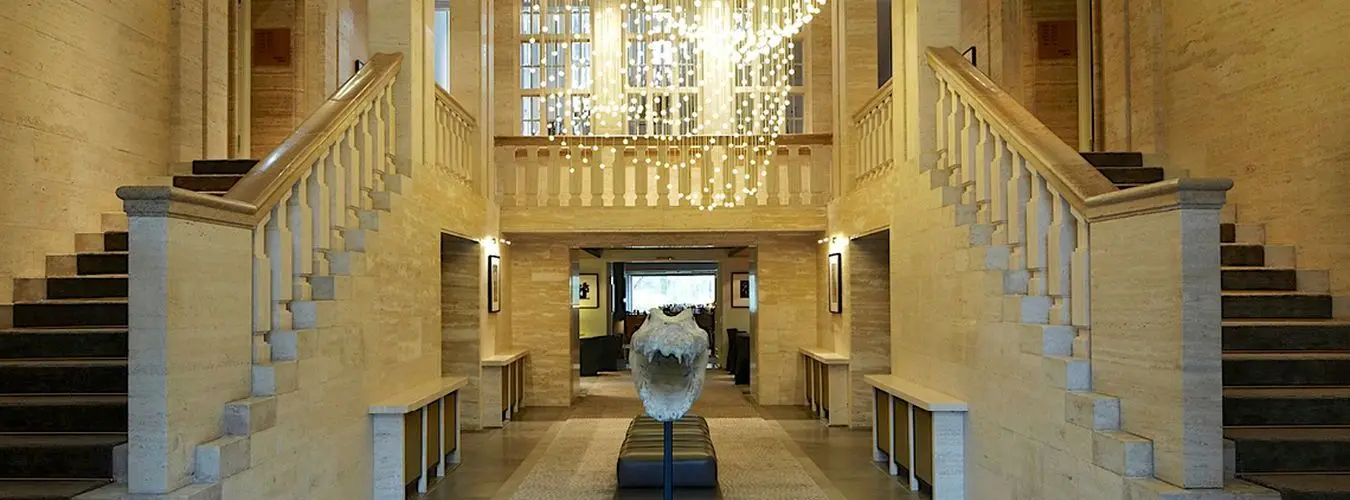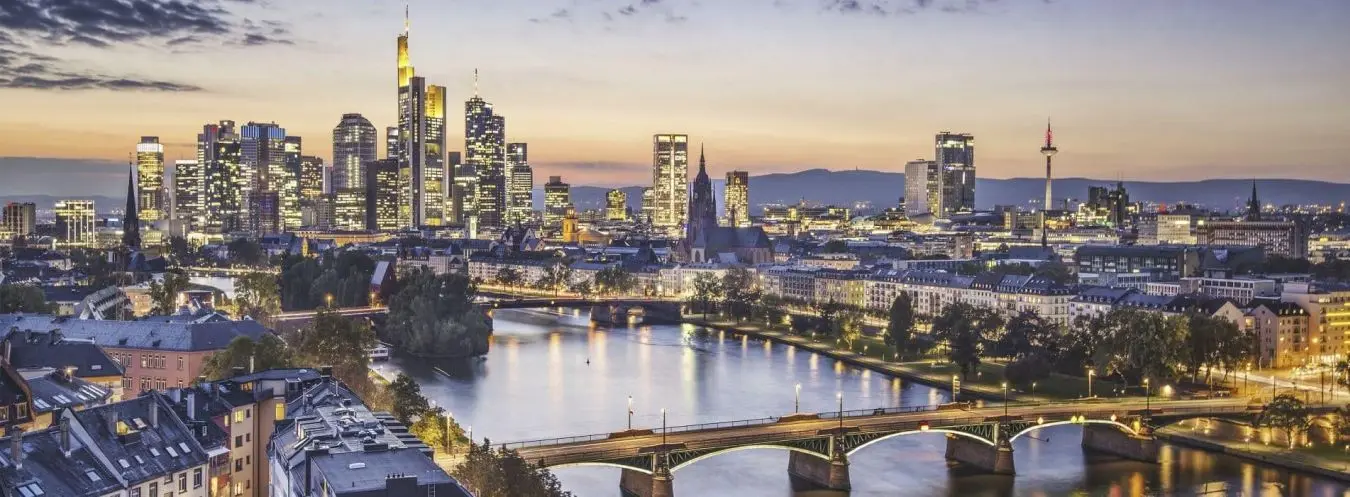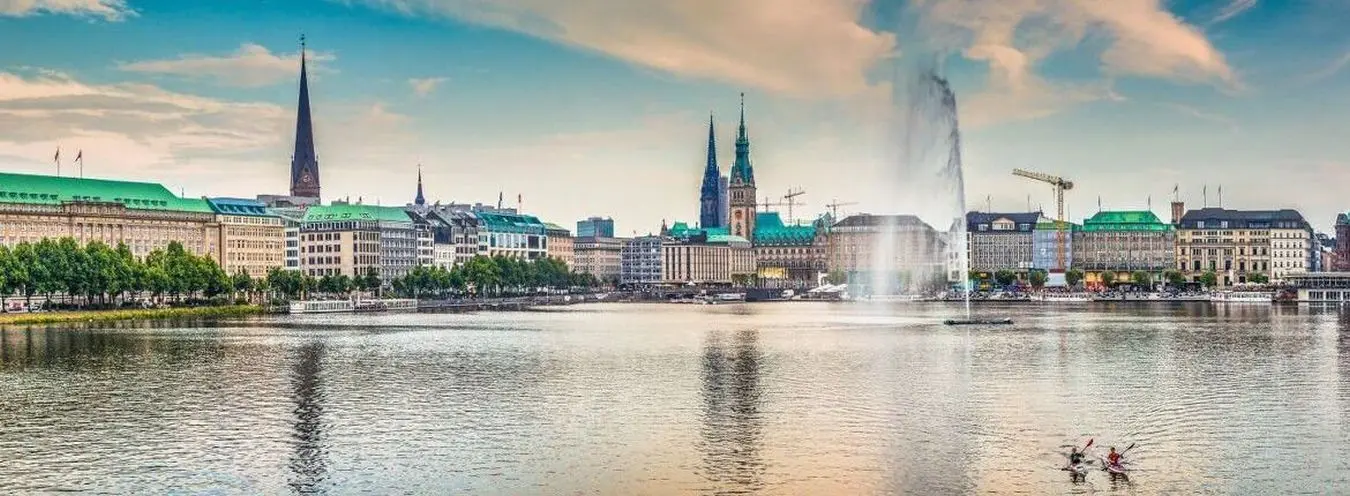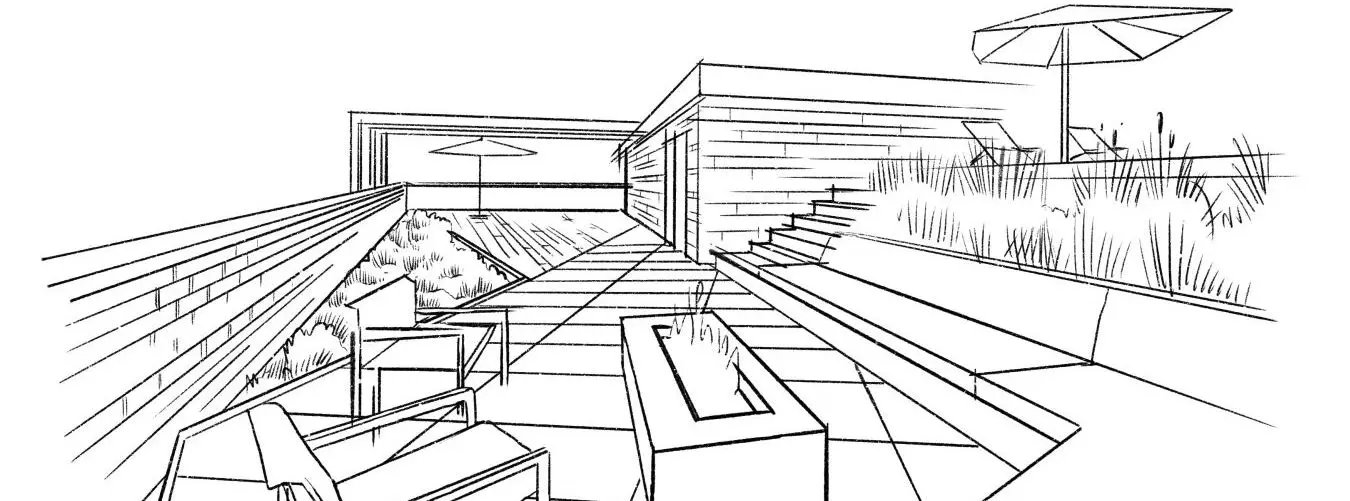The years 2020 to 2023 were characterized by a large number of events and strong volatility, which also had a significant impact on the real estate market and the associated costs in the construction industry. But how much have real estate prices and construction costs really changed compared to 2015? The VON POLL IMMOBILIEN experts have compared the development of property prices1 in the A-cities and the changes in construction, material and labor costs2 in Germany. To do this, they divided the years since 2015 into four significant time periods: from 2015 to the start of the coronavirus pandemic in March 2020, from the start of the pandemic to the start of the Ukraine war in February 2022, from the start of the Ukraine war to the first key interest rate hike by the European Central Bank (ECB) in July 2022 and finally from the time of the ECB's first key interest rate hike to December 2023.
Daniel Ritter, Managing Partner at VON POLL IMMOBILIEN:
"In the years before the pandemic, the German real estate market experienced a phase of upswing and strong growth. Robust economic development, low interest rates and high demand for housing - particularly in urban centers - contributed to a continuous rise in property prices. At the same time, the cost of labor, materials and therefore construction costs grew relatively moderately overall, which enabled the profitability of property purchases and construction projects. The outbreak of the pandemic in March 2020 posed an unexpected challenge that also fundamentally changed the real estate market and the construction industry in Germany. The associated lockdown measures led to sharp price increases in the construction industry due to global supply chain disruptions. However, housing has also taken on a new significance for people during this time and has also boosted the price development of houses and condominiums."
Between 2015 and the start of the pandemic in March 2020, property prices rose the most in Berlin at 65.1%, followed by Hamburg at 62% and Leipzig at 61.2%. Munich recorded a 60% increase in residential property prices. Property prices rose by between 50 percent and 54.1 percent in Stuttgart (50.7 percent), Cologne (52.8 percent) and Frankfurt am Main (54.1 percent). The lowest price increase in these five years or so was recorded in Düsseldorf among the A-cities, where prices per square meter rose by 43.4 percent.
A look at the construction industry from 2015 to March 2020, on the other hand, shows a moderate development in these five years. Here, material costs only rose by 9.1 percent, construction costs overall by 12.4 percent and labor costs by 18.3 percent.
Fig. 1: Percentage development of property prices in A-cities as well as construction, material and labor costs in Germany in the four defined time periods from 2015 to 2023 (chart: von Poll Immobilien GmbH)
In the period between the start of the pandemic in March 2020 and the outbreak of the war in Ukraine in February 2022, awareness of the issue of housing changed significantly. This is also reflected in the development of real estate prices, which picked up significantly in these two years. The sharpest rise in prices per square meter for residential properties during these two years was in Düsseldorf at 33.9%, followed by Hamburg at 32% and Leipzig at 23.5%. Prospective buyers in Cologne had to reckon with a price increase of 21.9 percent, in Frankfurt am Main with 20.7 percent. By contrast, prices rose by less than 20 percent in Berlin (19.4 percent), Stuttgart (19 percent) and Munich (17 percent).
It is particularly striking that from the beginning of the pandemic to the start of the war in Ukraine, material costs rose by 20.3 percent and construction costs as a whole by 16.2 percent, significantly more than in the previous five years. Labor costs rose by 10.4 percent during this period.
Fig. 2: Indexed development of real estate prices in the A-cities and GREIX as well as construction, material and labor costs in Germany from 2015 to 2023 (Graphic: von Poll Immobilien GmbH)
Daniel Ritter, Managing Partner at VON POLL IMMOBILIEN:
"The beginning of the war in Ukraine in February 2022 marked a turning point for the real estate market, as the geopolitical crisis led to an increase in material and construction costs overall, especially for essential raw materials such as steel and wood. At the same time, the situation in Ukraine unsettled many property buyers, demand for residential property fell almost everywhere in Europe, the period of low interest rates ended abruptly and property prices fell slightly for the first time in late summer 2022. The first - albeit already expected - increase in the key interest rate in July 2022 further exacerbated the situation, as the tightening of monetary policy added to the uncertainty and reluctance to buy and reduced the number of solvent buyers, which had a dampening effect on residential property prices. At the same time, labor costs rose sharply, but construction and material costs also continued to climb, which further worsened the profitability of real estate and construction projects."
The effects of the war in Ukraine had a massive impact on the real estate market. In some major cities, residential property prices fell for the first time after a boom phase of almost twelve years. Within just five months - i.e. until the first key interest rate hike in July 2022 - prices per square meter fell by -5.3% in Düsseldorf and Stuttgart, -5.1% in Frankfurt am Main, -3.9% in Munich and -2.8% in Hamburg. Only in Cologne (7.3%), Leipzig (2.4%) and Berlin (1.5%) did property purchase prices increase slightly.
Material and construction costs rose overall during this period, between February 2022 and July 2022 - by 9.9% for material costs and 6.6% for construction costs. Labor costs increased only moderately by 1.5%.
The first key interest rate hike in July 2022 exacerbated the situation in the real estate and construction industry and further restricted demand, which led to a further, in some cases sharp decline in property prices by the end of 2023. Prices fell by double-digit percentages in six out of eight A cities. Only in Berlin (-3.5%) and Stuttgart (-6.5%) did average prices per square meter only fall by a single-digit percentage. During this period, prices for residential property fell particularly sharply in Düsseldorf at -15.8 percent, followed by Cologne at -15.6 percent and Munich at -13.1 percent. Prices per square meter also fell by more than 10 percent in Leipzig (-12.4 percent), Hamburg (-12.2 percent) and Frankfurt am Main (-11.2 percent).
After a brief rebound, the cost of labour and construction costs as a whole stabilized at a higher level, but also increased by 3.7 percent and 2.2 percent respectively. The cost of materials for residential construction also stagnated at a high level of -0.5 percent.
Daniel Ritter, Managing Partner at VON POLL IMMOBILIEN:
"In summary, it can be said that real estate prices have visibly fallen since the beginning of 2022. However, the rise in material and labor costs, and therefore construction costs overall, continue to represent a considerable financial burden for real estate and construction projects. Whether it is still possible to build or buy a property under these conditions depends on the individual factors of the property location and condition and the personal situation of the buyer or builder. However, the demand for housing will remain high or increase again, driven by a growing population and the continued interest in real estate as a security, asset and retirement provision."
All data and graphics may be used and published with a reference to the following source: von Poll Immobilien GmbH (www.von-poll.com).
The graphics can be downloaded digitally with embedding link here: https://www.datawrapper.de/_/6AHSY and https://www.datawrapper.de/_/GXqFp.
1 The data basis for the property price analysis is the German Real Estate Index (GREIX), which is based on information from the expert committees, i.e. it shows the price development of actual residential property transactions in A-cities from 2015 to 2023 and was adjusted by VON POLL IMMOBILIEN Research.
2 The data basis for the analysis of construction, material and labor costs was provided by the Federal Statistical Office and VON POLL IMMOBILIEN Research (2024). According to the Federal Statistical Office, the term "total construction costs" includes the labor and material costs used in the construction of a residential building, as well as costs for equipment, energy, operating materials, construction supplies and other cost factors. Material costs" refers to the price development for building materials that are typically used in the construction of residential buildings. The labor cost index in turn reflects the development of the total "labor costs" of all workers employed in the construction industry in Germany.

